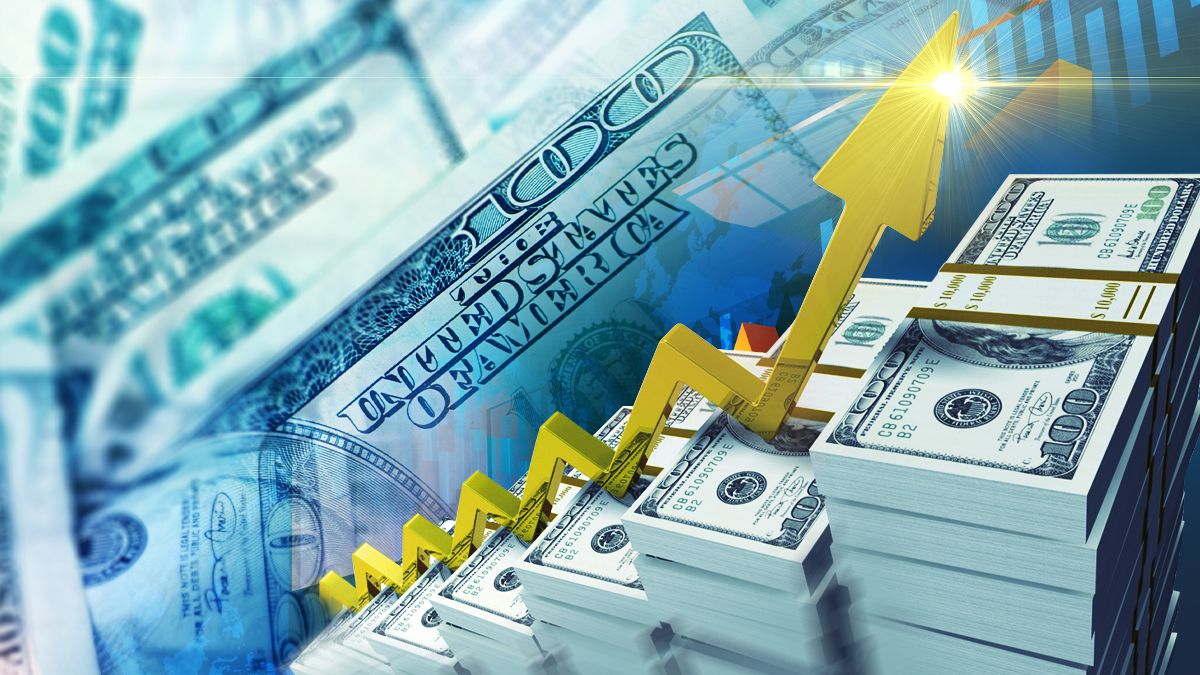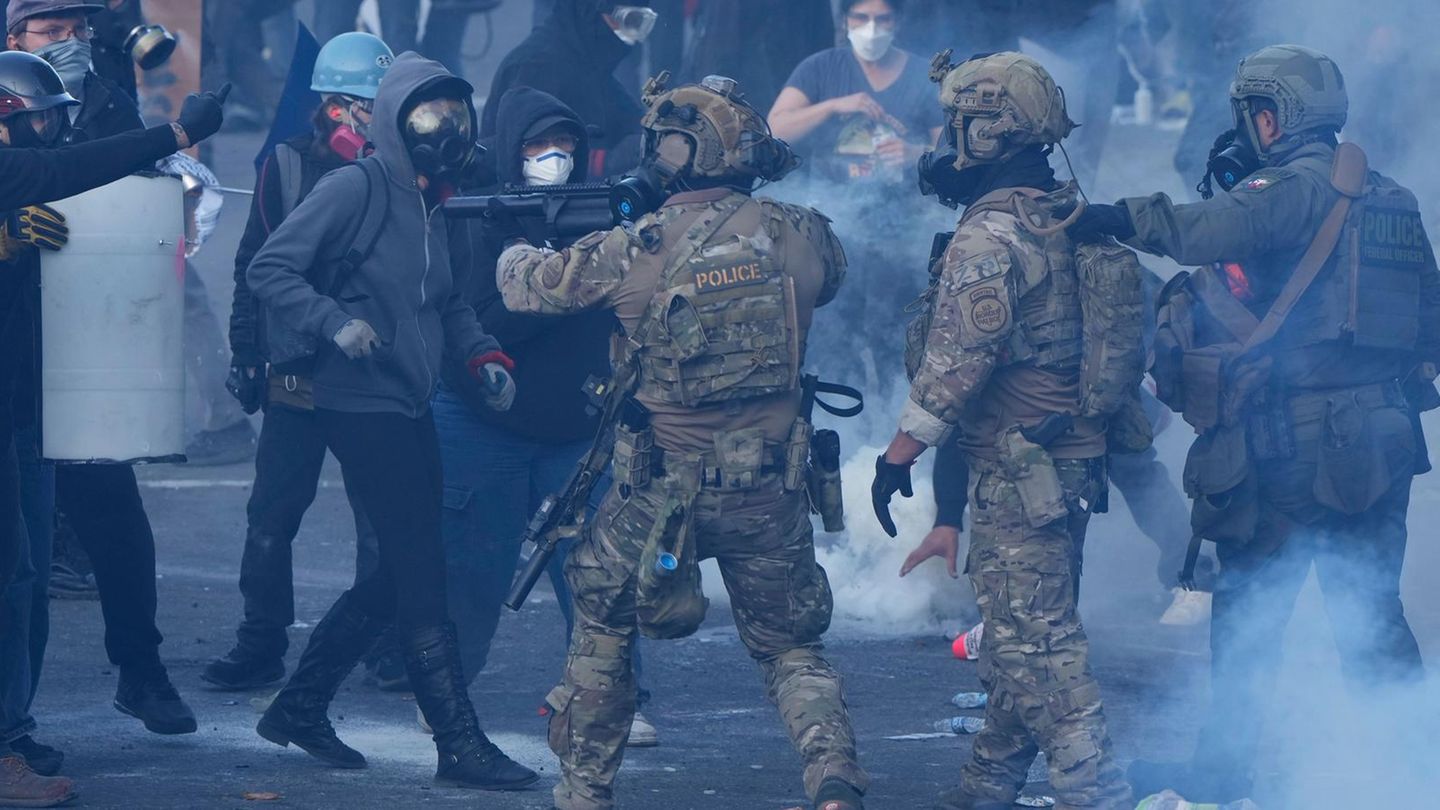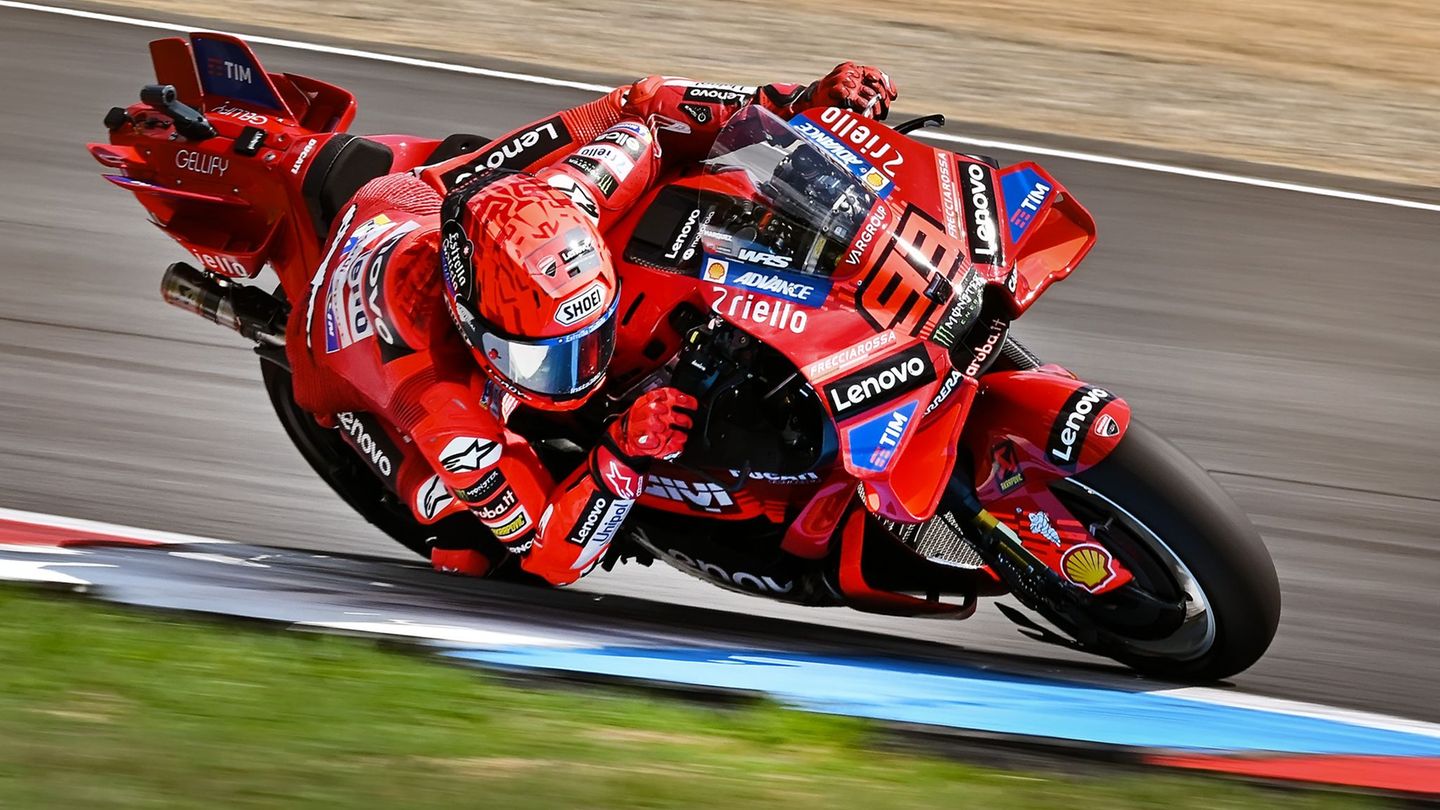The informal dollar operates for now with a significant gap compared to financial dollarswhich are trading this Tuesday at $230 in the case of the MEP, and up to $237 in the case of the CCL.
“The big difference between the blue and the financiers is explained by the ‘black’ bills. Beyond the rise this Monday, the supply of the parallel persists and the demand is limited because there are not so many pesos on the street,” he commented. a market operator to Ámbito.
For his part, a financial analyst said that “the blue dollar is a different market, which can and usually accompanies financial dollars with delays, since they are the main ‘compass’ and those most used by the largest and fastest hands to time to rebalancing portfolios”.
The maximum price of the informal dollar so far this year was recorded at the end of January, when it traded above $223, prior to the announcement of an agreement with the International Monetary Fund (IMF) for the refinancing of the debt.
Blue dollar price in June
In June, the blue dollar rose $13, which represents its biggest monthly advance in the year, after ending May at $207.
Let us remember that last month, the informal dollar rose $6.50 or 3.2%, although it was below inflation (a floor of 5% is estimated), and the increase in the official exchange rate (+4.2% ).
The parallel dollar rose 50 cents in April, and lost $11 in March, its worst performance in 14 months. Last February, it fell $6.50 (-3%), after rising $5 or 2.4% in January.
Blue dollar in the year
So far this year, the informal dollar has advanced $12, after closing 2021 at $208.
During the past year, the blue dollar registered a rise of 25.3% ($42), half compared to the inflation of the period (50.9%). However, it is worth remembering that in 2020 it had shown a sharp jump of 111% (compared to 36% inflation).
What is the blue dollar?
The value of the blue dollar has a substantial difference with the official dollar, which is acquired in banks and has an established price. Its sale is in the informal market, without regulations or limits, and for this reason it is generally operated at a value greater than the official dollar.
Why is it called the blue dollar?
The origin of the blue dollar as a denomination for the operation of the banknote in the informal market is not clear. But there are theories.
An explanation of its name indicates that it is so called because in English, “blue”, in addition to naming the color blue, refers to something “dark”.
Another theory relates it to purchase operations through bonds or shares of companies known as “blue chips”. They also link it to the approximate color that appears when a fibron is applied to detect counterfeit bills.
Price of the savings or tourist dollar
The savings dollar or solidarity dollar -retail plus taxes- rose 33 cents to $210.87 on average.
More news about the Blue Dollar and the Dollar
The “gurus” of the city: the list of Argentine economists awarded for their forecasts on the dollar and inflation
The measure requested by Juan Carlos De Pablo to lower the blue dollar to 20 cents
Source: Ambito
David William is a talented author who has made a name for himself in the world of writing. He is a professional author who writes on a wide range of topics, from general interest to opinion news. David is currently working as a writer at 24 hours worlds where he brings his unique perspective and in-depth research to his articles, making them both informative and engaging.




